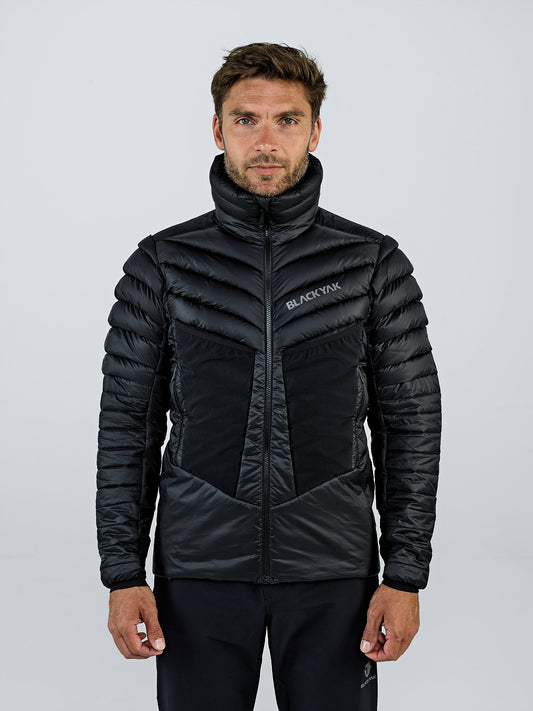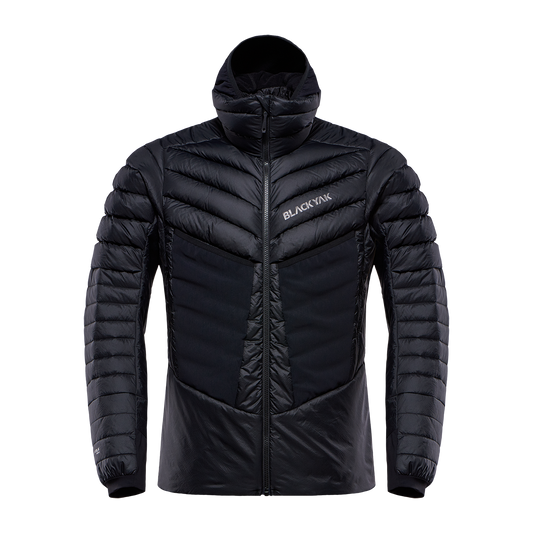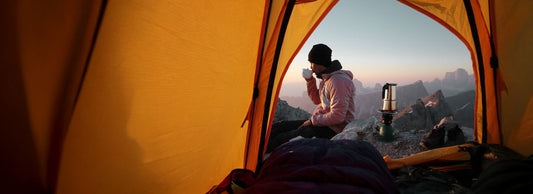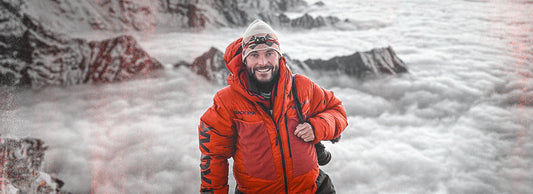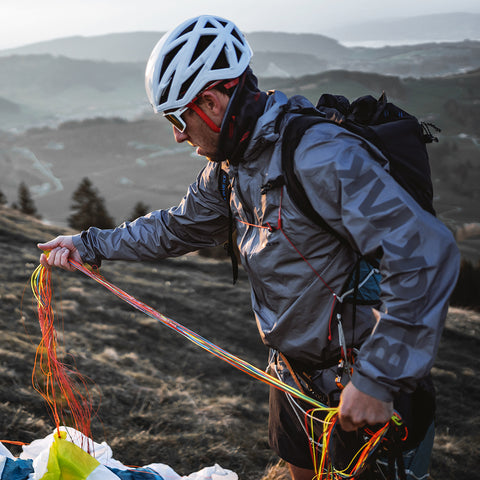Ice climbing is a captivating sport that demands both strength and skill. Climbers ascend frozen waterfalls, icicles, and steep ice walls using specialized ice axes and crampons. It is a challenging activity that requires both physical and mental prowess.
Offering a unique outdoor experience, ice climbing allows athletes to explore breathtaking landscapes that are typically hard to access. Mastering good technique and having the right equipment are essential to safely ascend ice formations and protect oneself from extreme conditions.
It is crucial to note that ice climbing involves potential risks. Weather conditions can change unpredictably, and the stability of ice formations is not always guaranteed. Therefore, thorough research, having experienced climbing partners, and adhering to safety precautions are advisable before embarking on an ice climbing adventure.
Ice climbing provides an opportunity for both experienced climbers and beginners to engage in a physically demanding activity. Through courses and guided tours, individuals can learn the fundamentals of this adventurous sport and ensure safe navigation in such an environment.
In essence, ice climbing is an exhilarating and challenging sport that allows climbers to push their limits while enjoying the beauty of winter landscapes.

To engage in ice climbing, specialized equipment designed for icy conditions is necessary.
This includes:
Crampons: Specialized climbing spikes attached to boots to provide secure traction on ice.
Ice Axes: Two specialized axes with a curved tip, used for striking and holding onto ice.
Climbing Harness: A harness used for securing and attaching to the rope.
Ice Screws & Quickdraws: Special screws twisted into the ice for intermediate protection, paired with quickdraws.
Climbing Helmet: A helmet designed to protect the head from falling ice or other hazards.
Ropes: At least two specialized half ropes suitable for ice climbing.
Carabiners and Belay Device: Used for securing and attaching to the rope.
Apparel: Specialized clothing designed to protect against cold and moisture, such as a shell jacket and pants like our Thulagi Pants & Thulagi Jacket, as well as insulating layers like our Bakosi Jacket. Additionally, a good baselayer like our Gurla Line, waterproof climbing gloves, and crampon-compatible mountaineering boots.
It is essential to familiarize oneself with the proper use of this equipment and seek professional guidance or training before ice climbing.
There are numerous fantastic ice climbing destinations worldwide, including:
The Alps: Offering various opportunities for ice climbing, popular destinations include Chamonix in France, Aosta Valley in Italy, and the Bernese Alps in Switzerland.
Canadian Rockies: Particularly around Banff and Lake Louise in Alberta, renowned for spectacular icefalls.
Norway: Known for a variety of icy conditions, with Rjukan being a popular region for ice climbers.
Scotland: The Scottish Highlands provide excellent winter conditions for ice climbing, especially in the Cairngorms and the West Highlands.
USA: Ouray in Colorado, the Adirondack Mountains in New York, and Hyalite Canyon in Montana are popular ice climbing destinations.
Iceland: Offering stunning landscapes and numerous ice climbing opportunities, especially along the southern coast.

These areas offer a variety of difficulty levels, suitable for both beginners and experienced ice climbers. In ice climbing, the difficulty of a route is typically assessed using a scale that considers various aspects such as inclination, ice quality, protection options, and other factors. The two most common difficulty scales for ice climbing are the WI scale (Water Ice) and the M scale (Mixed).
The WI Scale ranges from WI1 to WI7, evaluating the difficulty of pure ice routes:
WI1: Low angle, easy ice, good protection.
WI2: Moderate angle, somewhat harder ice, good protection.
WI3: Steeper angle, harder ice, possibly fewer protection options.
WI4: Very steep angle, hard ice, limited protection options.
WI5: Very steep to overhanging, very hard ice, difficult protection options.
WI6: Extremely steep to overhanging, very hard and often brittle ice, difficult or no protection options.
WI7: Extremely steep to overhanging, extremely hard and often brittle ice, practically no protection options.
The M-Scale assesses mixed routes with a combination of ice and rock, ranging from M1 to M12+, with higher numbers indicating increasing difficulty.

It's important to note that these scales serve as general guidelines, and additional factors such as weather conditions, elevation, and individual skills must be considered. Emphasizing that ice climbing is a demanding activity requiring proper preparation, equipment, and knowledge, it is advisable to gather information about local conditions and seek guidance from experienced guides or trainers before embarking on an ice climbing adventure.
-
MEN'S BAKOSI G2 HOODED HYBRID JACKET
Whether ski touring in winter, climbing in summer or on a shoulder-season exp...Regular price 490,00 €Regular priceUnit price per



